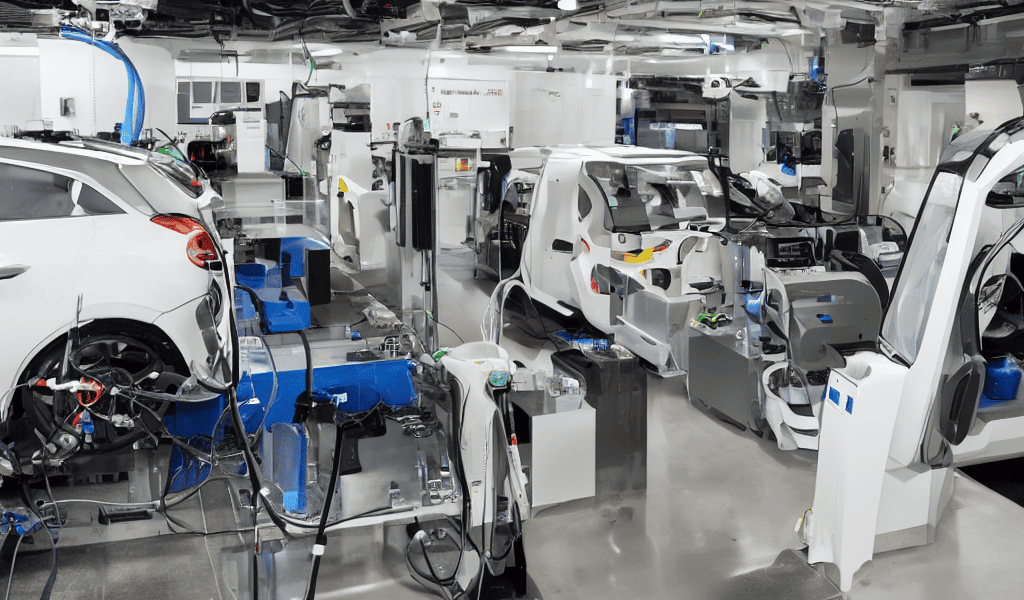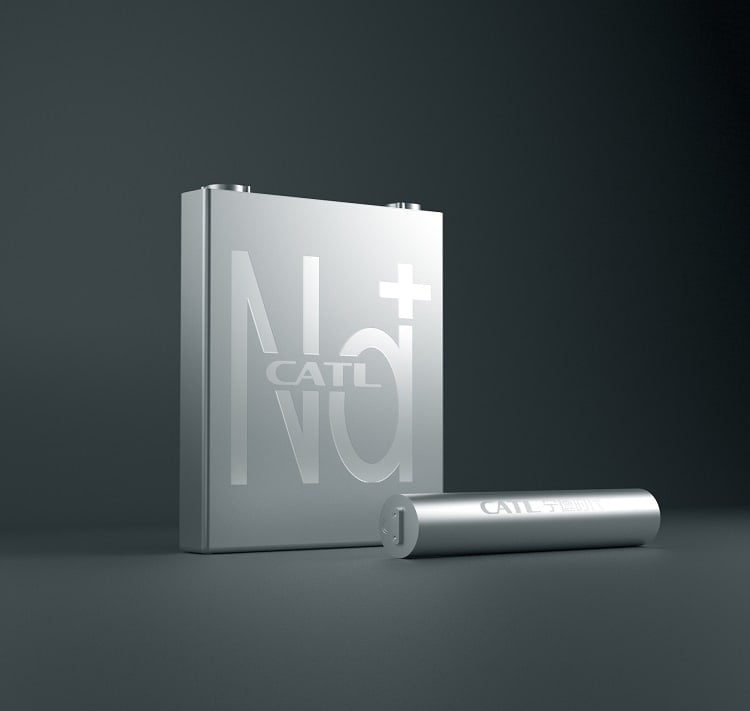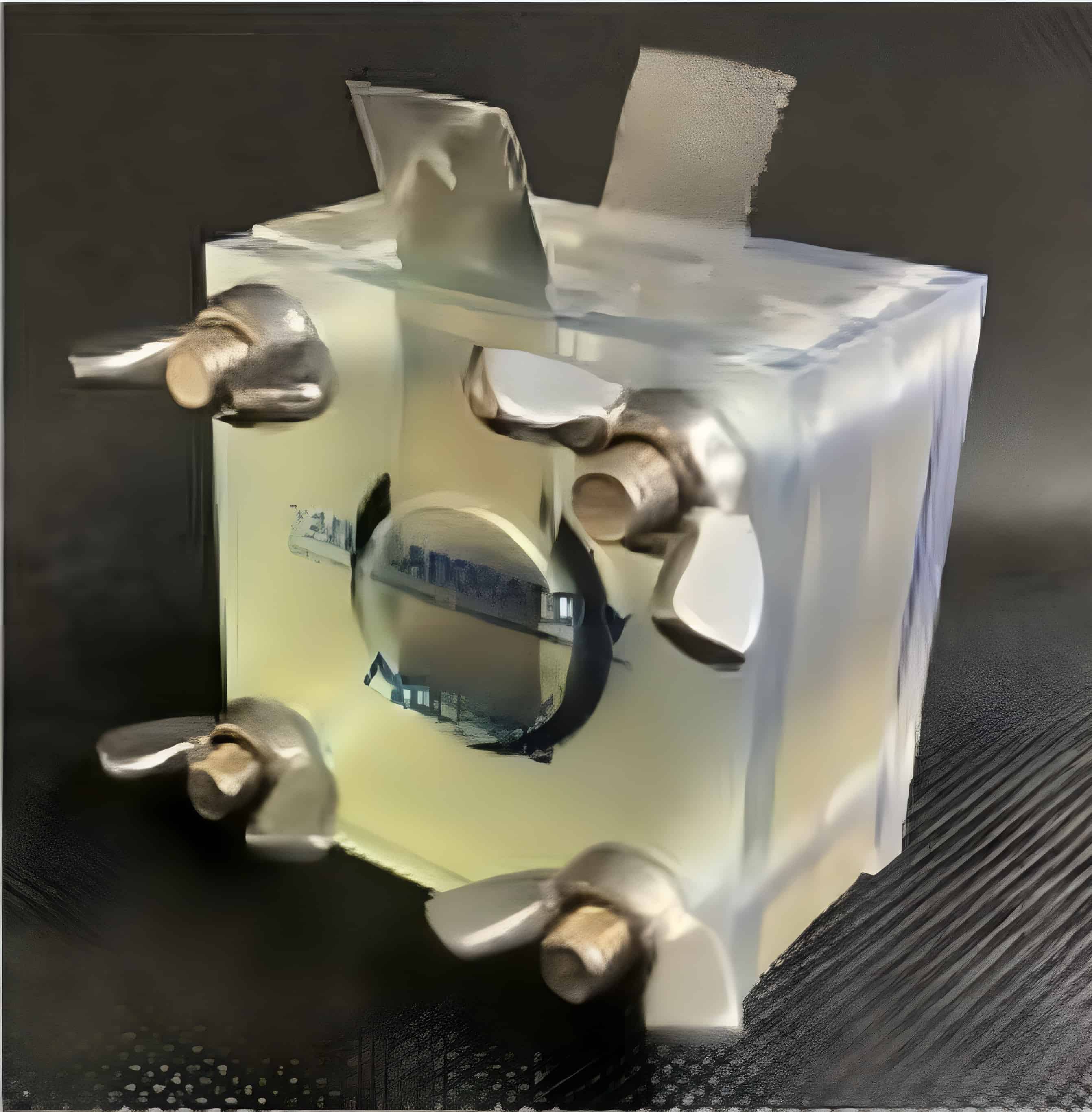
Researchers at the Institute of Physics, Chinese Academy of Sciences, have made a breakthrough in battery technology by developing a battery pack with an incredible energy density of 711 Wh/kg, tripling Tesla’s current energy density. By employing innovative strategies such as broadening lithium-rich manganese-based oxides’ charge and discharge potential, overcoming challenges with ultra-thin lithium large-area capacity deposition, and implementing thick electrodes, optimized electrolytes, and ultra-thin collectors, the team achieved this groundbreaking feat. This advancement could have a significant impact on industries such as high altitude, deep space, and electric aviation.
- Researchers have created a lithium battery with the highest publicly reported energy density values so far.
- This high energy density opens up whole new applications in mobility and aerospace.
Advancements in battery materials and design
The researchers developed a lithium-rich manganese-based oxide high-capacity soft pack lithium secondary battery, utilizing ultra-thin metal lithium as the negative electrode and a high-capacity material positive electrode. By broadening the charge and discharge potential of lithium-rich manganese-based oxides, the team managed to obtain a higher material storage capacity for lithium. They also employed diaphragm coating technology to address challenges associated with ultra-thin lithium large-area capacity deposition.
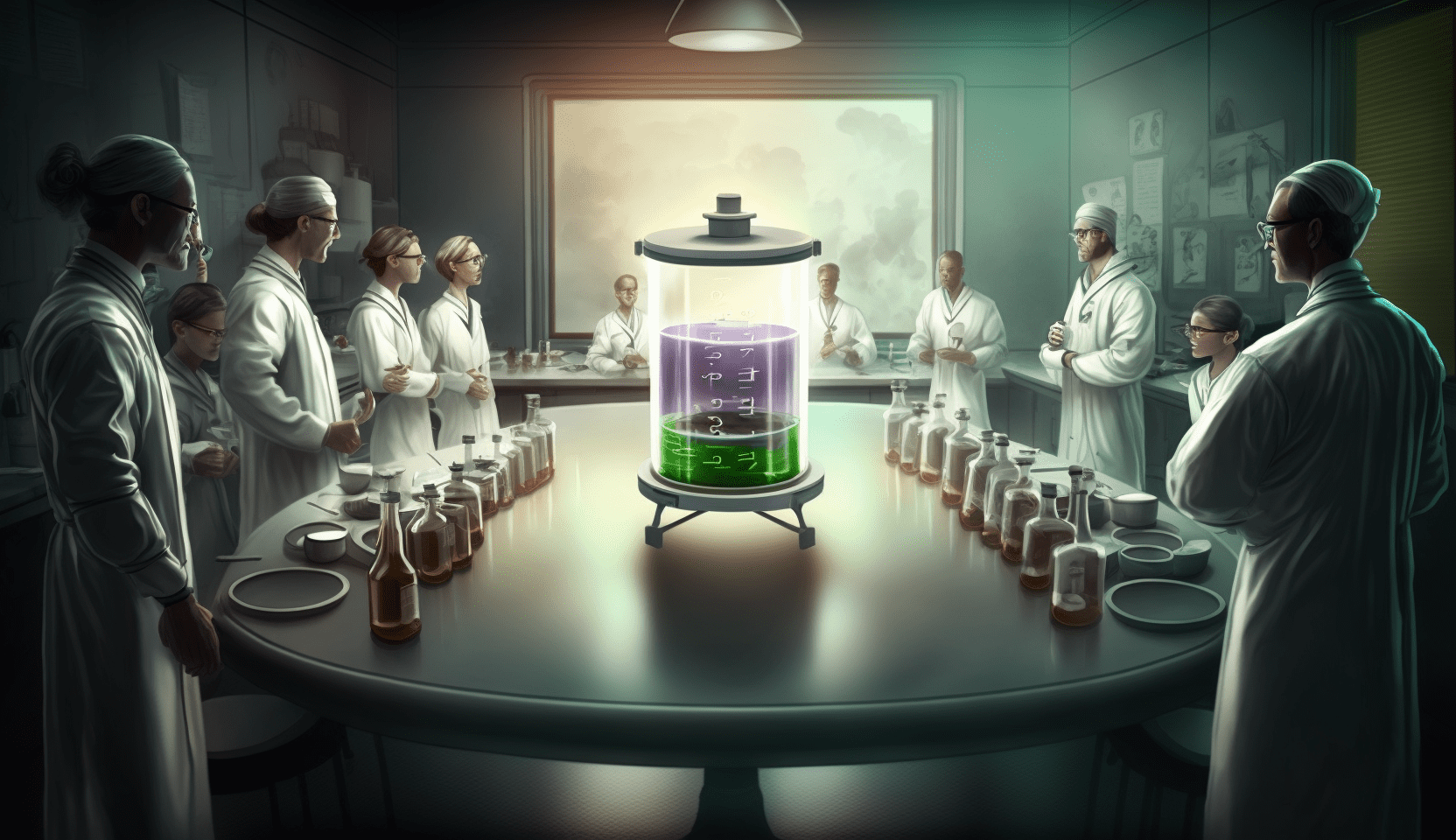
Furthermore, the researchers implemented comprehensive approaches such as thick electrodes, optimized electrolytes, and ultra-thin collectors in the battery design. These efforts resulted in the successful realization of reversible charge and discharge in the ultra-high energy density battery. The battery achieved a mass-energy density of 711.30 Wh/kg and a volumetric energy density of 1653.65 Wh/L during the initial discharge, making it the lithium secondary battery with the highest publicly reported energy density values so far.
Potential applications and challenges
The development of batteries with ultra-high energy density has significant potential for various special application scenarios such as high altitude, deep space, and the electric aviation industry. However, it is important to note that further research and development work is needed to address issues related to battery safety and lifespan. Despite this, the achievements made by Chinese researchers in developing this ultra-high energy density soft pack lithium secondary battery mark a significant step forward in the pursuit of more efficient and powerful energy storage solutions.
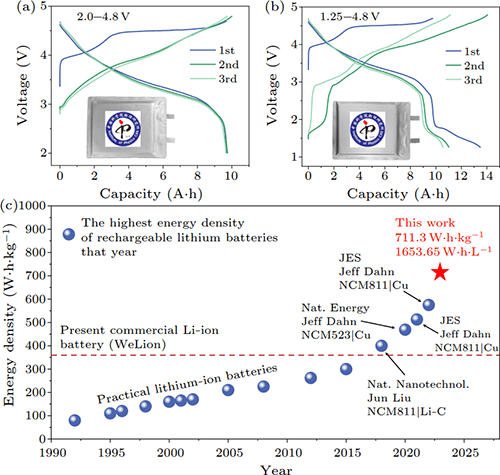
The progress in battery technology will not only have far-reaching implications for meeting the demands of different industries but also contribute to the advancement of solid-state ionics and solid-state electrochemistry. Exploratory research focusing on energy density levels approaching the theoretical limit will enrich the knowledge system in these fields and promote technological innovations in new materials and battery systems.
Impact on industries and the future of energy storage
The breakthrough in energy density achieved by Chinese researchers signifies a significant step towards more efficient and powerful energy storage solutions. Although challenges related to battery safety, lifespan, and further improvement in energy density remain, the advancements in battery technology hold tremendous potential for driving the transition towards a more sustainable and electrified future.
With the potential to triple Tesla’s current energy density, this breakthrough could have a transformative impact on the electric vehicle industry, improving range and performance while potentially reducing costs. It could also open doors to new possibilities in other sectors, such as renewable energy storage, helping to further propel the shift towards a greener, more sustainable future.


